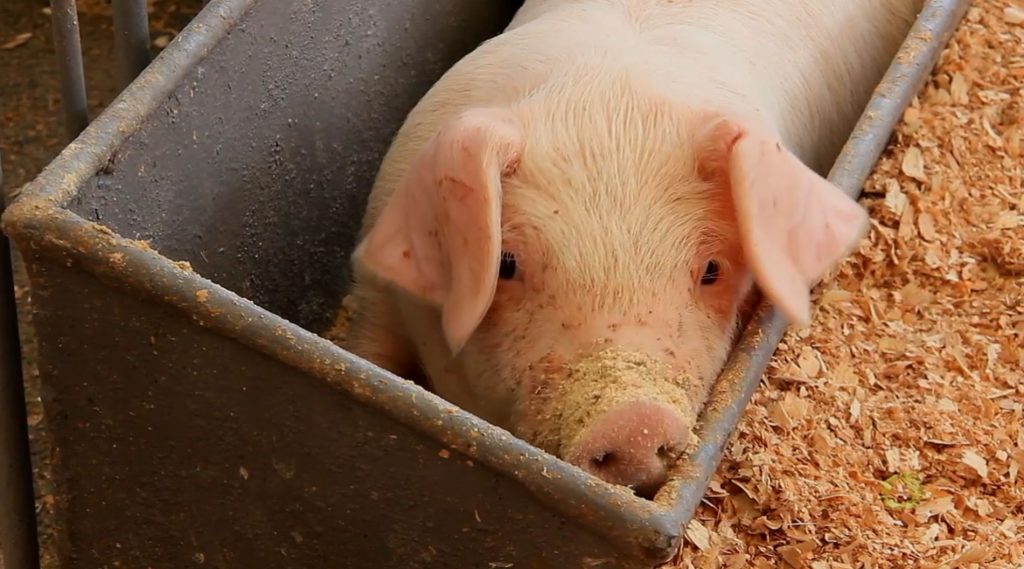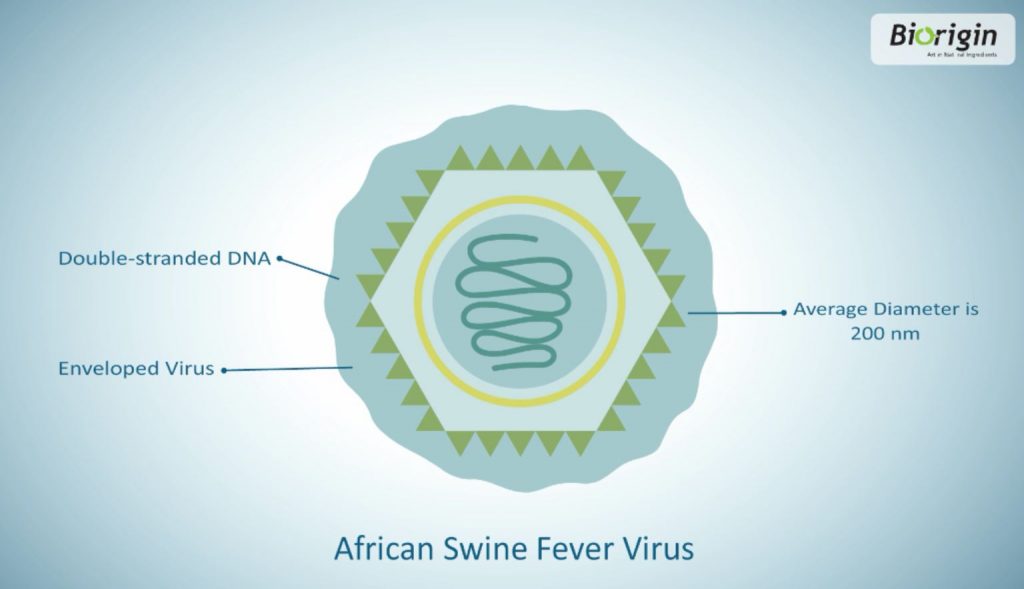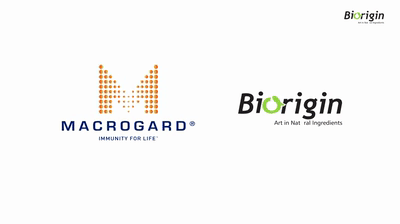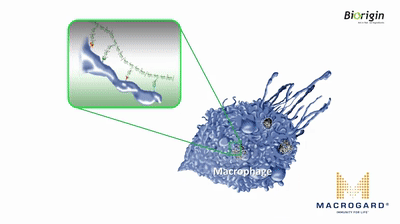Prevention of African Swine Fever Virus
At present, there is no vaccine or drug available to overcome African Swine Fever (AFS). Therefore, good farm management and bio-security controls are still the most important measures in preventing the spread of ASF. From farm management and epidemic prevention to the transportation and supply of breeding pigs and pigs, and the slaughtering and processing to consumption chain, it is a systematic work to prevent the spread of the virus and will determine the success in prevention of the virus.
As a farm, the primary task is to must ensure high-level of bio-security management and eliminate all possibility of virus invasion. At the same time, we must improve the conditions of the farm, strengthening the health and immunity of pigs, and raising the threshold of viral infection.
African Swine Fever
African Swine fever is a highly contagious, often fatal disease of pigs of all stages. History tells us that the swine industry and its related trades in the countries that are infected with such disease are greatly affected.
The causative agent is African swine fever virus (ASFV). It is a large, complex double-stranded DNA-virus enveloped with icosahedral morphology.
The virus is extremely resistant to environment and can remain viable in the carcasses, blood, faeces, tissues of the pig and fresh, frozen, salted, dried or smoked meats for months to three years. However, it is sensitive to heat and can be inactivated by heating at temperature of 70 degrees Celsius for about 30 minutes.
No vaccine is available currently. Fortunately, humans are not susceptible to ASF.

The virus is found in all body fluids and tissues of infected pigs. It can be transmitted through direct contact with infected pigs, and their blood, body fluids (including semen and saliva), tissues, secretions and excretions, or pigs which have survived and recovered from ASF infection.
It can also be transmitted via environment, or fomites such as equipment, vehicles, humans.
Another main transmission is feed or garbage like swill containing infected pig meat or animal-resource products.
Wild boars and Ornithodoros may be ASFV vectors.
History of Transmission
ASF is present in sub-Saharan Africa and Europe since 1960.
In 2007, the disease was confirmed in Georgia, and subsequently spread to Armenia, Russia, Belarus and Ukraine in the last ten years. In 2014 January, the disease was found in Eastern Europe. In June 2017, ASF was detected for the first time in wild boar in the Czech Republic, and in backyard pigs of Romania in July.
The first case of ASF in China was found in Liaoning province in August 2018, and quickly spread to whole nation and neighbour countries, such as Mongolia and Vietnam in February 2019.
Clinical Signs of ASF
Clinical signs of ASF includes high fever up to 42 degrees, anorexia, recumbency, vomit, increased secretion from the eyes and nose, Bluish-purple discolouration and multiple hemorrhages on ears, abdomen and hind quarters, diarrhoea or bloody faeces, and abortion in sows.
Post Mortem Findings include serosanguinous fluid in the thoracic and abdominal cavities, Petechial haemorrhages in the mucous membranes of the larynx and bladder, Petechial haemorrhages in kidneys and on visceral surface of organs, enlarged haemorrhagic lymph nodes that may resemble blood clots, lungs which do not collapse when the chest is opened, appearing heavy and shiny, with prominent divisions between lobules and oozing moisture and froth when cut, serosanguinous froth in the trachea, Haemorrhages and sometimes ulcers in the stomach lining, congested intestines with bloody contents.
Measures and Methods for Preventing ASF
Good biosecurity is essential for the prevention of ASF since there is no vaccine available yet.
The farmers can take the following seven measures:
First of all, only introduce healthy and ASF free pigs or semen resources.
Secondly, before entering the farm, all personnel who has travelled from ASF epidemic area or in contact with other pigs must be quarantined for a certain period.
Thirdly, only approved visitors to enter the farm and they must be equipped with clean or disposable clothing and footwears; hand disinfection is a must (or shower if possible)
Fourth, all vehicles and equipment must be cleaned and disinfected thoroughly prior to entering the farm.
Disinfection can be done by exposing some equipment in the sun for 5 to 9 days or heat up to 70 degree Celsius for 30 minutes, or by disinfectants such as sodium hypochlorite, sodium hydroxide
Fifth, Stop feeding food waste (swill) to your pigs – dispose of it safely
Sixth, be cautious of using any products of animal origin, whether raw or cooked, alive ASFV was found in animal origin ingredients according to reports.
Seventh, feed functional feed to modulate immunity of your pigs to optimal health status. For instance, MacroGard which is a powerful immune-modulator, can enhance non-specific and specific immunity (B-cell and T-cell mediated). It has been successfully applied to fight against ASF similar diseases, PMWS, PNDS, caused by PCV-2 virus in Europe in 2003.
What should I do if I Suspect ASF in my Farm?
Contact your veterinarian and/or the official veterinarian to collect samples for testing if you suspect occurrence of ASF in your farm and close your farm immediately. After confirmation of ASF in farm, rapidly kill all infected and exposed pigs; dispose carcasses, meat products and litter properly; infected premises must be cleaned and disinfected; survey and trace potentially infected or exposed animals; place strict controls on movements of pigs and pig products within a 3 km protection zone and 10 km surveillance zone.









